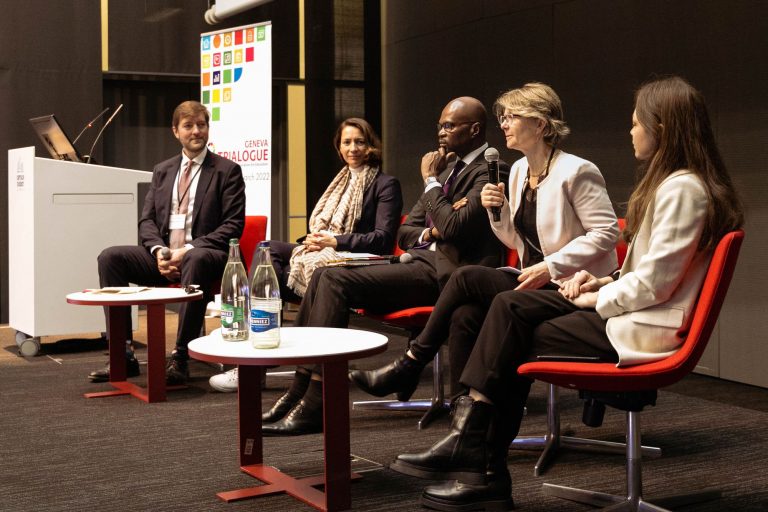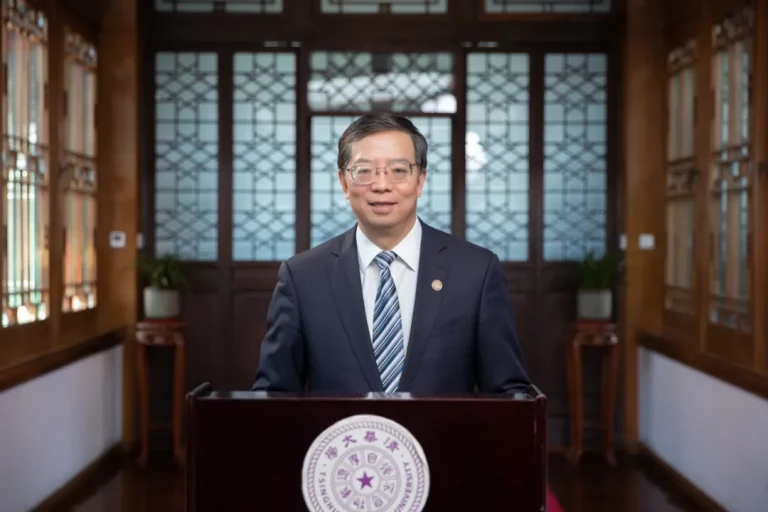Is access to and use of technologies dangerous among children and adolescents?
Mothers, fathers and caregivers are responsible for guiding children and adolescents in the process of digital literacy. This is one of the first approaches made by specialists in psychology from the University of Chile regarding the access and use of technologies in this age segment, who emphasize that these not only represent risks, but can also be useful tools for cognitive development and communication during childhood and adolescence.

Specialists argue that these technologies not only present risks, but can also be useful tools for the cognitive development of children and adolescents, and to facilitate communication between mothers, fathers and caregivers with them.

“For the child from 0-6 years it is necessary that the use of the devices is mediated by adults in the family and educational agents,” says psychologist Mauricio López.
Technologies are everywhere and at all times, from birth, when proud family members share photos of the new offspring, to work and in class. Therefore, what happens to children with its use has been a topic of permanent study for specialists. In 1999, the American Academy of Pediatrics discouraged the use of screens for children under two, but over time that view changed.
The researcher of the Department of Psychology of the Faculty of Social Sciences of the University of Chile, Mauricio López, recognizes that information and communication technologies are increasingly present in daily life. “Technologies are tools that human beings create to solve problems and in recent years they have become more widespread and present,” he says. The complications of the SarsCov-2 pandemic allowed an explosion in the use of communication platforms in all areas: classes, work and entertainment, for example.
“One of the aspects in which there is consensus among specialists is the need to frame the use of information and communication technologies by children and adolescents, with the understanding that it is difficult to prevent them from being exposed to this type of device,” says the Doctor in Psychology and Researcher at the University of Chile. Carlos Diaz.
Researchers in psychology have studied, in particular, touchscreen devices. Before, functionalities such as telephony, camera, GPS and Internet were separated, but now it is possible to find all this in the same device. “Smartphones have special characteristics that have to do with the development of the education of children and young people and this makes us have to ask ourselves about the use and effect they have on children and adolescents,” adds López.
Familiarity with the devices is getting earlier and minors already know how to use a smartphone even before speaking. “So, the question we ask ourselves as researchers is: What is the use we want to give to the devices?” says Professor López.
The important thing is to understand that technologies are a means, a tool to communicate or receive content. In this sense, “the action of mothers, fathers and caregivers is relevant. The use that we, adults, decided to give it is much more relevant than technology itself, “says psychologist Mauricio López. In the case of children from zero to six years old, in fact, it can be a means that allows a relationship between adults and minors, even entertainment. In this sense, he points out that “knowing the use of technologies is relevant in the process of digital literacy”.
Warnings
In older children, the situation is different. Observed content and interaction can be problematic. López points out that “the international agreement among specialists is that global connectivity presents risks. We can establish contact with anyone anywhere in the country and the world, but anonymization can be a danger because some children and adolescents cannot distinguish with whom they are interacting.” In this context, exposure to pornography, malware and other harmful code is a reality.
It should also be noted that these technologies not only present risks, but can also be useful tools for the cognitive development of children and adolescents, and to facilitate communication between mothers, fathers and caregivers with them. The safeguards, time, times of use, and purposes of use of ICTs -comments Professor Díaz- “are aspects that are important to consider, being the establishment of rules with recognizable criteria in their practical application the greatest challenge, particularly with regard to the adolescent segment, who are in a stage of development in which they need to assume increasing degrees of autonomy and consideration of their opinions and needs. “
On the other hand, when children are young and use smartphones or tablets, adults can establish parental controls to limit access to certain people or certain applications. “But whose responsibility is it? Certainly of the entire educational system, the family, teachers and also of the State, “he adds.
Lopez also emphasizes that bonds with people are relevant in mental health. “Sports, outdoor activities or meeting spaces with others around art or culture are fundamental.”
In relation to the research he is developing, on the perception of mothers, fathers and caregivers around the use of technologies, Professor López explained that there is a belief that the devices are educational in themselves, “but for the child from 0-6 years it is necessary that the use of the devices is mediated by adults in the family and educational agents. “
Finally, Professor Díaz emphasizes that technologies, like money, do not make happiness, but they can certainly facilitate practical life and, like money, can contribute to distorting the relationship that people have with the world, with people, with the world and with themselves, if we lose sight of the fact that they are means to achieve practical ends. And they are not ends in themselves.
The original article can be found here.

![[OED Host Reflect] PENG Gang: “AI is not here to replace, but to enhance …”](https://n6m6d6c3.rocketcdn.me/wp-content/uploads/2023/06/Screenshot-2023-06-05-at-11.08.39-768x432.png)




